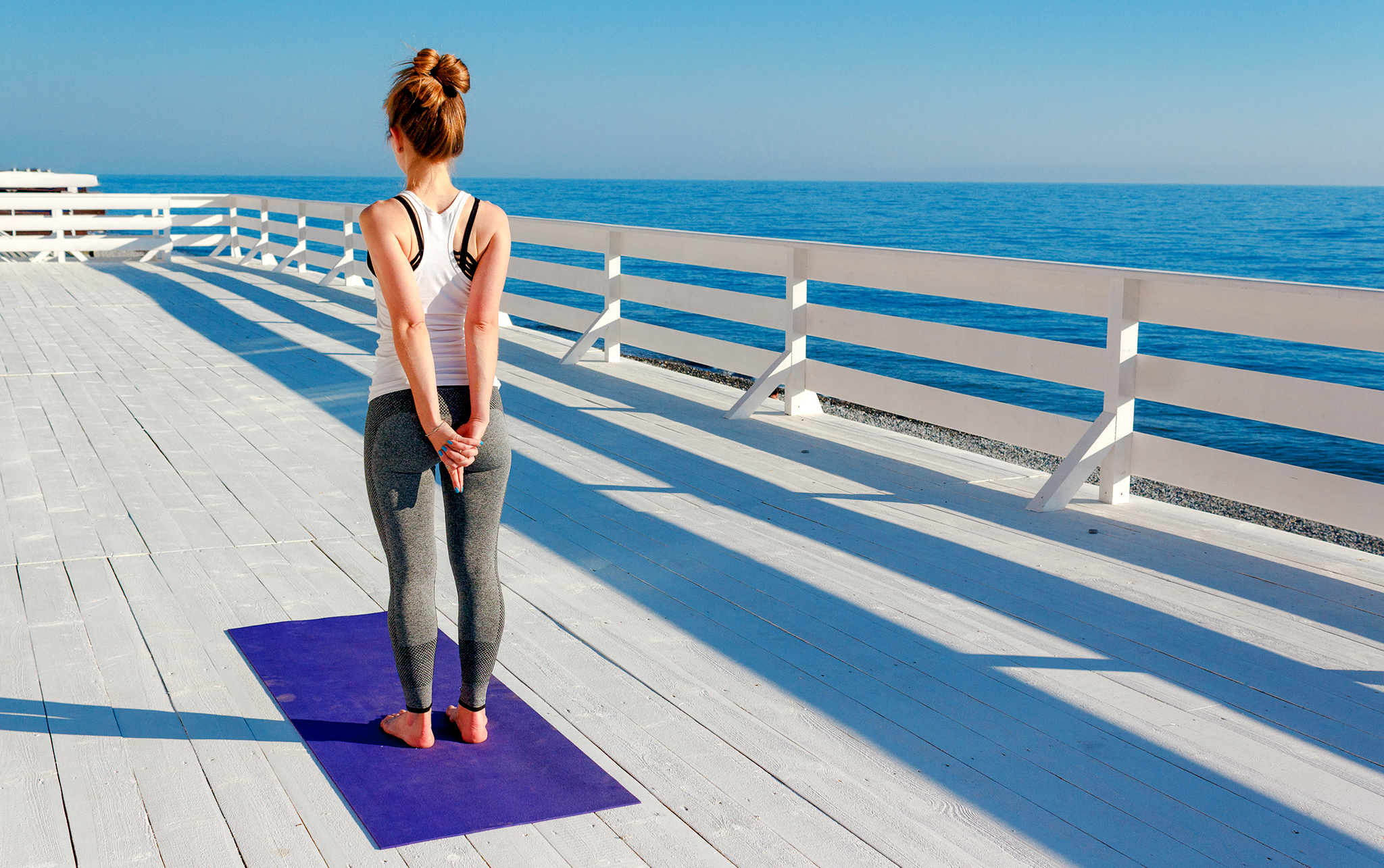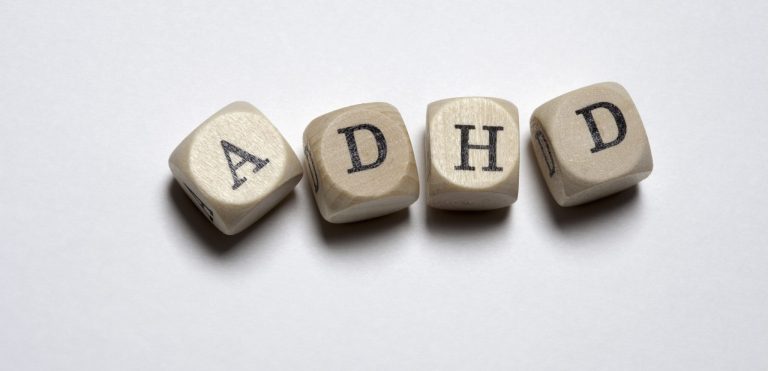Modern life is stressful; it’s a fact. We always seem to be busy doing one thing or another. While keeping on the move is great, it’s also important to take care of yourself too. Here we’ll help you discover how stress affects your body, and which stretches to reduce stress really work.
What is stress and what does it do?
Stress is what often happens when you have too much going on––work, relationships, family, hobbies–– or you have experienced a life-changing event.
It’s the “flight or fight” response, which, while usually a survival mechanism, if constant, can have a massive impact on your mental and physical health.
Here’s how.
When you’re stressed your body creates additional quantities of the stress chemicals adrenaline, cortisol, and noradrenaline.
These chemicals affect the body by:
- Raising your heart rate and blood pressure
- Tensing your muscles
- Lowering your immune system and slowing the work of the digestive system
- Creating increased alertness, making you sleepless.
Meaning stress isn’t just mental, it affects our bodies physiologically too.
How to relieve stress?
Luckily there are lots of techniques for reducing stress and its effects on our bodies. These include:
Right now, we’re going to focus on the best stretches for stress relief, but if you’re looking for something a little different just click one of our linked articles above to find out more.
Benefits of stress-reducing exercises
Exercise is a highly effective tool for reducing stress, with stretching, in particular, producing amazing benefits.
The first thing stress relieving stretches do is release muscle tension by relaxing the muscles through a series of exercises. If you’re feeling stress in a specific area, you can focus your energy and target it to increase the effects.
Stretching exercises also have a second benefit and that is those “good” chemical that these activities release. Serotonin, dopamine, among others, help you better cope with “flight or fight” syndrome, driving positive mental and physical health.
So, without further delay, here’s our top targeted stress relieving stretches.
1. Target your upper back and shoulders
Hunched over your computer all day at work, lifting heavy things, or simply just got way too much to do? This is an exercise you can do anywhere that will stretch your muscles and reduce stress from the upper back area.
- Stand tall and clasp your hands behind your back.
- Pull the clasped hands downwards, while pushing your shoulder blades together.
- Hold for 2-3 seconds, release and repeat.
2. Get that kink out of your neck
Urgh! Neck pain can truly be one of life’s little miseries, so if you have an ache in your collar, this is one of the best stress relief exercises at work you can try without leaving your desk.
- For this exercise, first sit up straight.
- Breathe in and turn your head to the right until you feel the pull, hold for 2-3 seconds.
- Breath out and return your head to looking forward.
- Repeat the exercise by turning your head to the left, then upwards, then downwards, always watching your breathing and returning to center.
- Follow this pattern as many times as necessary to reduce the pain in your neck.
3. The lowdown on your lower back
Sometimes it’s not only your upper back that holds the tension, but it also travels down your spine into your lumbar region, leaving you stiff and sore. This exercise will help you release that pain.
- Sit on the edge of your chair or stool, knees should be bent at a 90° angle and your feet should be flat on the floor.
- With your upper body, lean forward and touch the floor.
- As you do, breathe in deeply and hold for 5-6 seconds until you really feel the stretch.
- Once you feel it breathe out and rise gently.
- Repeat as necessary.








